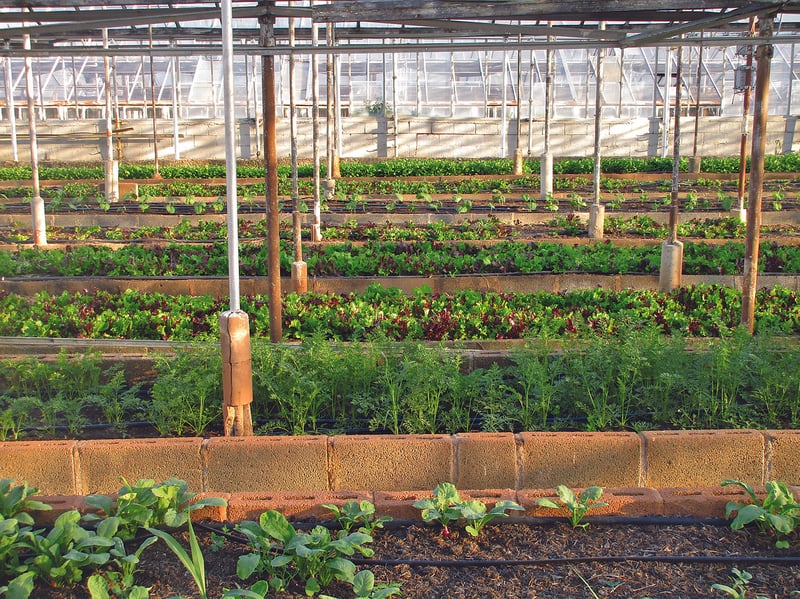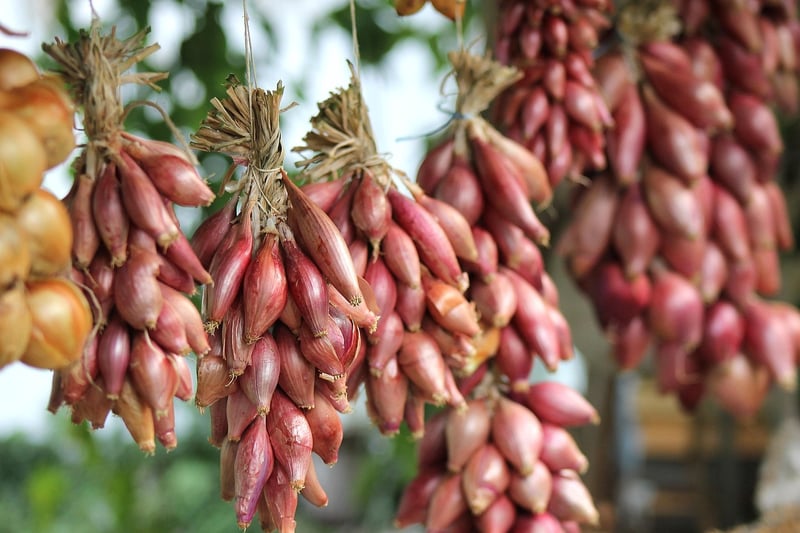Nutritious Urban Greenery
The Benefits of Growing Food in Urban Areas
Urban gardening has become increasingly popular in recent years as more people are embracing the idea of growing their own food in city environments. Not only does urban agriculture promote sustainability, but it also offers numerous benefits to individuals and communities. Let's explore the advantages of growing food in urban areas:
1. Access to Fresh and Nutritious Produce
By growing food in urban areas, individuals have easy access to fresh fruits, vegetables, and herbs. This ensures a daily intake of nutritious produce rich in vitamins and minerals, contributing to a healthy lifestyle.
2. Utilization of Underutilized Spaces
Urban gardening allows for the utilization of underutilized spaces such as rooftops, balconies, and community gardens. By converting these areas into green spaces, individuals can grow their own food and contribute to the greening of urban environments.
3. Community Building and Social Interaction
Urban agriculture fosters community building and social interaction among residents. Community gardens and urban farms provide a space for people to come together, share knowledge, and work towards a common goal of growing food sustainably.
4. Environmental Benefits
Growing food in urban areas helps reduce the carbon footprint associated with transporting produce from rural areas to cities. It also promotes biodiversity, improves air quality, and reduces urban heat island effects.
5. Educational Opportunities
Urban gardening provides educational opportunities for individuals of all ages. Children can learn about plant growth and healthy eating habits, while adults can develop new skills related to gardening and sustainable food production.
6. Food Security and Resilience
By growing food locally, urban communities enhance their food security and resilience to external factors such as natural disasters or disruptions in the food supply chain. Having access to locally grown produce ensures a more reliable food source.
Nutritious Urban Greenery
Urban greenery not only enhances the aesthetic appeal of cities but also plays a crucial role in promoting health and well-being. Trees, plants, and green spaces in urban areas offer various benefits:
1. Air Purification
Plants help filter pollutants from the air, improving air quality and reducing the risk of respiratory diseases. Urban greenery acts as a natural air purifier, making cities healthier places to live.
2. Stress Reduction
Spending time in green spaces has been linked to reduced stress levels and improved mental health. Urban greenery provides a peaceful retreat from the hustle and bustle of city life, promoting relaxation and well-being.
3. Temperature Regulation
Trees and plants in urban areas help regulate temperatures by providing shade and cooling effects. This is especially important in combating the urban heat island effect and mitigating the impacts of climate change.
4. Biodiversity Support
Urban greenery serves as habitats for various species of birds, insects, and other wildlife. By promoting biodiversity in cities, green spaces contribute to the overall ecosystem health and balance.
Embracing urban agriculture and nurturing urban greenery are essential steps towards creating sustainable and healthy cities. By growing food locally and incorporating green spaces into urban environments, individuals can contribute to a greener, healthier future for all.


Source images: Pixabay
